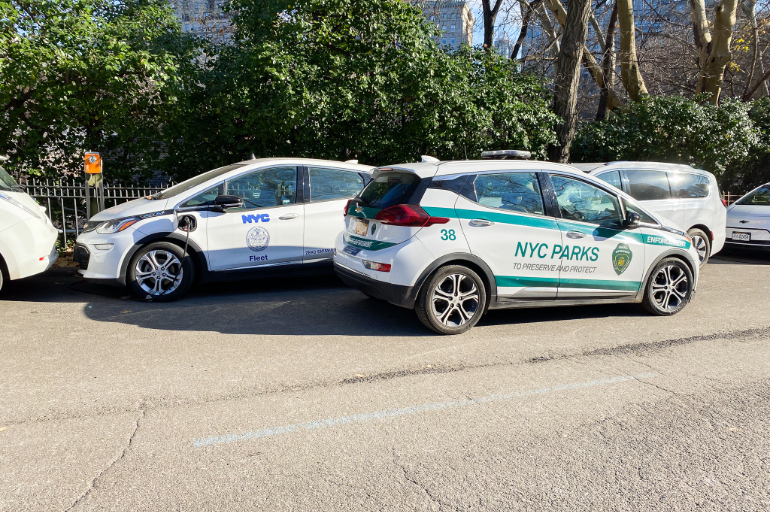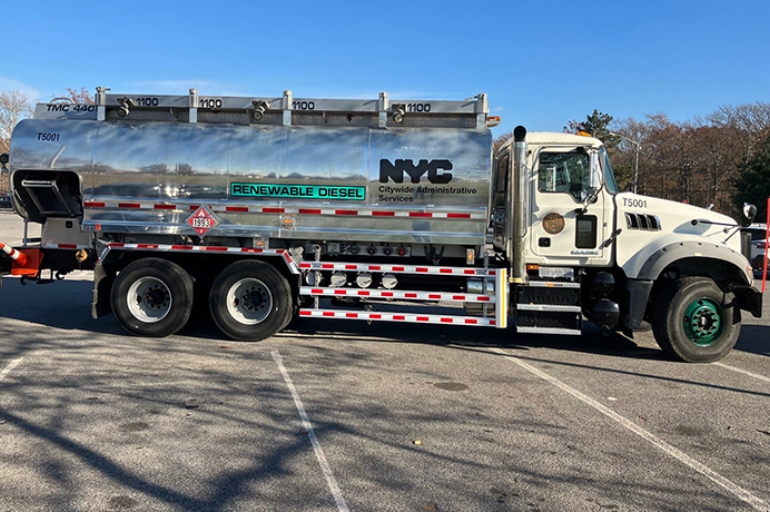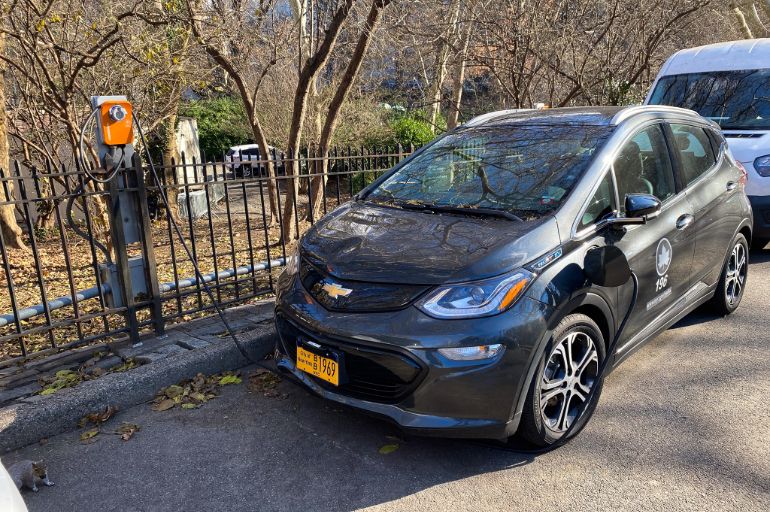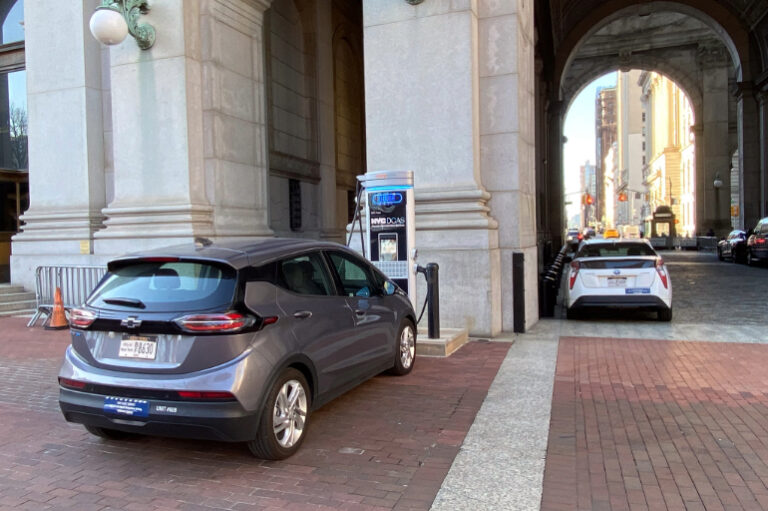The New York City government is on track to achieve its ambitious fleet sustainability goal as it attempts to halve greenhouse gas emissions across the city’s 28,700 vehicles by 2025 – known as the 50×25 initiative – using biofuels and electrified vehicles.
New York has the largest municipal fleet in the United States and it is now the cleanest too, utilising a mix of alternative fuel sources including electric, hybrid, solar, and biofuel to reduce emissions. The City also focuses on continually improving efficiencies, through methods like fleet reduction and fleet sharing.
Deputy Commissioner and Chief Fleet Officer at New York City Department of Citywide Administrative Services (DCAS), Keith Kerman, has played a pivotal role in cleaning up the city’s fleet, so far reducing the total annual fuel use by more than 20 million litres since 2013.
Speaking with Fleet Auto News, Keith says his approach has been one that utilises an array of emissions reduction technologies ranging from biofuels to hybridisation, as the City nears its 2025 goal.
“Under NYC Mayor Eric Adams, DCAS pursued a three-part approach: electrify everything we could viably; implement hybrids and efficiencies including fleet reduction; and replace all fossil diesel with biofuels, specifically renewable diesel,” he said.
“Our focus was to make progress on all fronts while recognising that electrification isn’t ready in all areas, especially emergency service trucks like snow-plows and fire trucks. DCAS now operates 5,200-plus electric units, 2,080 electric charging ports, 4,400 hybrids, has reduced the fleet over 1,500 and has used over 14 million gallons of renewable diesel. These are all the largest programs in NY State and among the largest in the nation.”

So far 20,000 of the city’s vehicles are powered by alternative fuels but given diesel accounts for 60 per cent of total fuel use, DCAS relies heavily on renewable diesel which it says offers up to a 60 percent reduction in greenhouse gas emissions.
“Renewable diesel offers major, 60%+, greenhouse gas reduction; reduced tailpipe emissions; elimination of foul diesel fuel smell; and can fully replace all fossil diesel without infrastructure investment or negatively impacting operations,” Keith said.
“All NYC fleet operations, emergency and non-emergency, on and off road, now use renewable diesel. This is a sustainable, renewable fuel. Our current feedstock sources are waste products including animal fat and used cooking oil. The fuel meets the regular ASTM for ultra-low sulfur diesel. Where zero emissions is not yet ready, this solution makes sense and can be implemented in scale now.”
New York City has a long history of fleet sustainability, dating back to the mid-1990s when it first installed compressed natural gas dispensers to reduce fleet emissions at NYC Parks and the Department of Sanitation.

By the late 1990s the City had introduced hybrid vehicles, followed by plug-in off-road units in the early 2000s, and then biodiesel in 2005. As of this year the City now has 5,000 plug-in electric vehicles, 2000 electric charging ports, alongside its widespread use of biofuels.
“One of our largest electric charger sites is on the East Drive of Central Park,” Keith said.
“With all the extraordinary landmarks and destinations in the park, you can find tourists and New Yorkers regularly taking pictures of and with the electric chargers and cars. The public wants us to visibly lead on sustainability, and we are doing just that.”
Mr Kerman was involved in most stages of New York City’s sustainability shift, across the past 30 years, working at the Department of Parks and Recreation before moving to DCAS as head of its fleet operation.
“I’m most proud of the sustained focus and commitment of DCAS and all our major fleet agencies including NYPD, DSNY, FDNY, Parks, DOT, DEP, and Correction,” he said.
“Fleet’s primary role is to support emergency services and upkeep of the City 24/7. It would be easy to lose focus on sustainability. We never have and still won’t.”

Based on his strong track record of sustainable fleet transitions, we asked Mr Kerman what advice he would give to fleet managers in Australia embarking on emissions reduction journeys.
“Get going,” he urged, before offering his take on the array of improvements that can offer real-world emissions reductions right now.
“Light-duty and increasingly medium-duty electric vehicles will pay for themselves over a vehicle’s life. Hybrids are long established, will reduce fuel and maintenance without infrastructure investment. Renewable diesel is completely interchangeable with regular diesel. Right-sizing and more efficient operations save money and reduce emissions no matter what the fuel source.”
While New York City is on track to achieve its 2025 target, it will soon embark on its next sustainability challenge: complete electrification by 2038. With Keith leading the charge, New York City is in safe hands.






